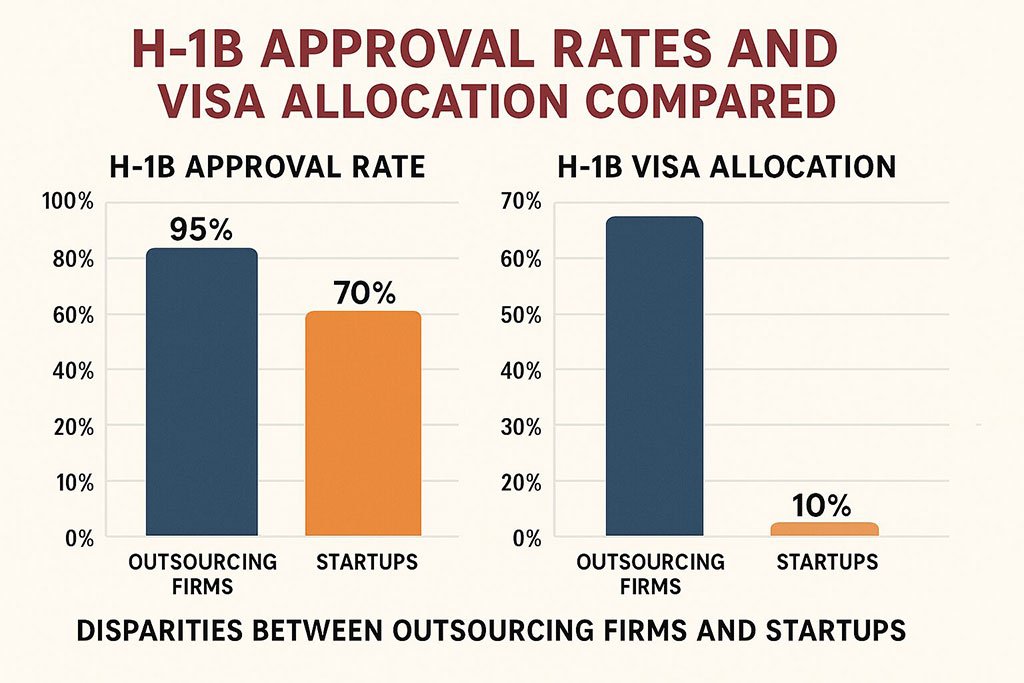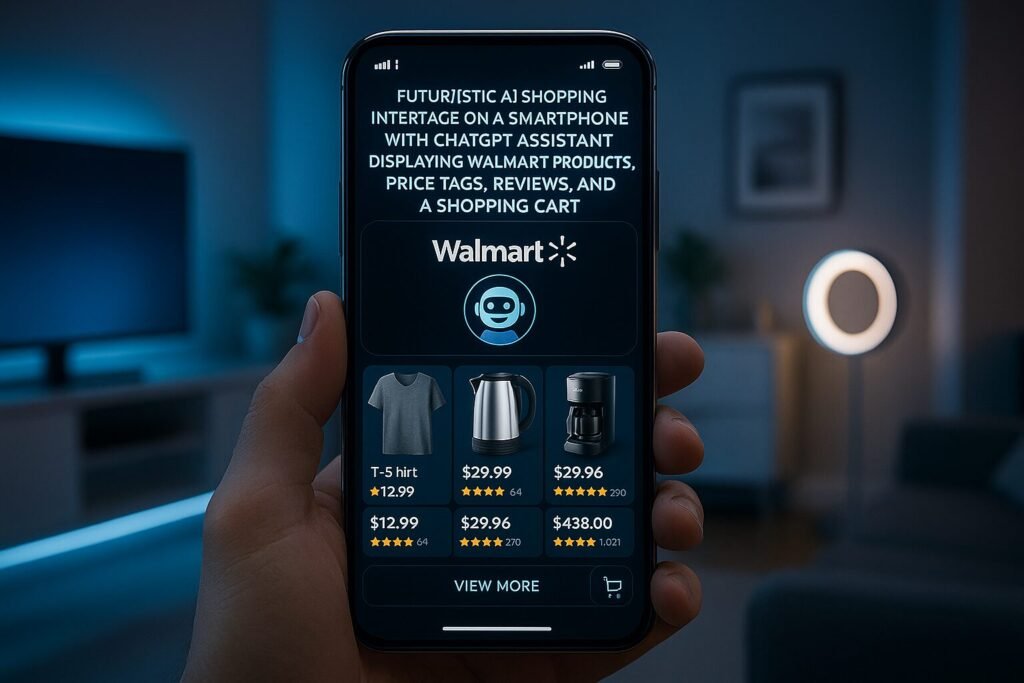Now Reading: Amazon and AI: How Voice Assistants are Revolutionizing Personalized Shopping
-
01
Amazon and AI: How Voice Assistants are Revolutionizing Personalized Shopping
Amazon and AI: How Voice Assistants are Revolutionizing Personalized Shopping

Imagine walking into your living room and casually asking your voice assistant to recommend a new pair of running shoes. Within seconds, tailored suggestions appear, taking into account your past purchases, preferences, and even your fitness goals. This is no longer a futuristic dream—it’s the reality of personalized shopping powered by artificial intelligence (AI), and Amazon is at the forefront of this transformation.
The rise of voice assistants such as Alexa has changed the way we interact with technology. Once seen as novelty gadgets, these devices have now become trusted shopping companions, helping consumers discover products with ease and efficiency. Personalized shopping through AI isn’t just about convenience—it’s about creating a more intuitive and responsive experience that understands individual needs and preferences.
However, as voice assistants gain deeper access to user data, questions around privacy, data ethics, and algorithmic bias are becoming more pressing. How much should users share? Can AI truly understand human intent? And what are the broader implications for society as we increasingly depend on automated recommendations?
Explore how Amazon’s AI-driven voice assistants are reshaping shopping behavior, enhancing user experience, and influencing societal norms. We’ll look at technology, practical applications, user experiences, ethical considerations, and the future of AI-assisted commerce.
The Rise of Voice Shopping: From Convenience to Necessity
Voice commerce, or v-commerce, has rapidly gained traction over the last decade. Amazon’s Alexa, launched in 2014, was among the first voice assistants to offer shopping capabilities. Initially, users could simply reorder items like paper towels or detergent by voice commands. Fast forward to today, Alexa integrates seamlessly into daily routines—from creating shopping lists and comparing prices to suggesting new products based on behavior.
According to a 2023 report by eMarketer, nearly 55% of smart speaker users in the U.S. regularly use voice commands to shop online. The appeal is simple: hands-free interaction, faster search results, and hyper-personalized recommendations. People multitask while cooking, cleaning, or exercising, and voice assistants help streamline their shopping needs without disrupting their daily rhythm.
For example, Susan, a busy mother of two, shared in a user interview, “I don’t always have time to scroll through pages on my phone. Asking Alexa to add items to my cart while I’m prepping dinner saves me time and helps me keep track of what I need.”
As voice commerce grows, it’s evident that AI’s role has expanded far beyond automating simple tasks—it’s becoming an embedded shopping assistant that feels more like a personal concierge than a tool.
How Amazon’s AI Personalization Works
At the heart of Alexa’s shopping experience is sophisticated AI that interprets user intent and learns from interactions over time. The system combines natural language processing (NLP), machine learning algorithms, and user data analysis to create highly tailored suggestions.
Key components include:
- User Profiles: Alexa collects information such as past orders, frequently asked queries, and preferences stored across devices.
- Behavioral Data: Patterns like voice tone, timing of interactions, and repeated requests help the AI refine recommendations.
- Contextual Awareness: The assistant can consider location, weather, or time of day. For instance, suggesting warm clothes during winter or groceries for an upcoming weekend based on recurring patterns.
- Collaborative Filtering: AI compares behavior with similar users to offer new products or services they might appreciate.
For example, if a user regularly orders organic food, Alexa’s algorithm will prioritize recommending similar healthy products, supplements, or meal kits. Similarly, if a user frequently purchases tech gadgets, it might suggest new accessories or trending devices.
Amazon’s ability to merge these datasets allows Alexa not only to respond but to anticipate needs. Over time, the recommendations become more refined, reducing friction and improving the relevance of results.
Personalized Shopping in Action
Smart Home Integration
Mark, a tech enthusiast, uses Alexa across multiple devices at home. He syncs his calendar with Alexa and regularly receives shopping suggestions tailored to upcoming events. When preparing for a weekend gathering, Alexa suggests catering supplies, entertainment products, and even decor items, all based on his past purchases.
Accessibility Solutions
For users with mobility challenges, voice commerce has been transformative. Lila, who uses a wheelchair, shared how Alexa helps her effortlessly reorder essentials and discover new products. “It’s not just shopping; it’s independence,” she says. Personalized recommendations feel like they’re curated specifically for her needs.
Grocery Management
Families juggling busy schedules appreciate Alexa’s ability to manage shopping lists. Alexa can analyze what’s running low based on prior patterns and offer options for bulk purchasing or subscription services that save time and money.
These examples highlight how AI-driven voice shopping isn’t simply about technology—it’s about enhancing quality of life, reducing stress, and helping users manage their routines more effectively.
Trust, Privacy, and Ethical Considerations
While personalized shopping via AI offers undeniable convenience, it also raises significant questions about privacy and trust. How much data is being collected? Who has access to it? And what safeguards are in place to prevent misuse?
A survey by Pew Research (2024) found that 65% of voice assistant users are concerned about privacy but continue to use the services due to their utility. Many users are unaware of the depth of data collection, which can include location history, shopping behavior, and even conversations.
Privacy challenges include:
- Data Sensitivity: Voice recordings, purchasing habits, and personal preferences reveal intimate details about users’ lifestyles.
- Algorithmic Bias: Personalized recommendations may reinforce existing behavior, limiting exposure to diverse products or perspectives.
- Consent & Transparency: Many users are unaware of how their data is used or lack control over opting out of data sharing.
Amazon has addressed these concerns by offering privacy settings, voice history deletion options, and regular transparency reports. However, critics argue that more robust frameworks are needed to ensure users are fully informed and empowered.
From a human perspective, trust is key. Users must believe that their data is being handled responsibly. As Sarah, a digital rights advocate, points out, “Personalization should feel like empowerment, not surveillance.”
The Future of Voice Commerce: Innovations and Predictions
Looking ahead, voice commerce is poised to evolve with deeper AI integrations and more nuanced personalization. Some of the emerging trends include:
- Emotion Recognition: Advanced algorithms will interpret voice tone and mood, allowing assistants to adjust recommendations based on emotional state.
- Predictive Shopping: AI could forecast future needs, suggesting items before users even realize they need them.
- Cross-Platform Integration: Shopping suggestions may be extended to smart TVs, wearables, or in-car devices, creating a seamless ecosystem.
- Sustainability Suggestions: AI could prioritize eco-friendly products, helping users make greener choices aligned with their values.
- Voice Biometrics for Security: Enhancing personalization while protecting sensitive data through advanced authentication methods.
Amazon’s continued investment in machine learning and user experience suggests that voice shopping will become even more intuitive, adaptive, and integrated into daily life.
Actionable Tips for Users to Maximize Personalized Shopping
To benefit from AI-driven shopping while protecting privacy and ensuring relevance, users can follow these guidelines:
- Review Privacy Settings: Regularly check permissions and opt out of unnecessary data collection.
- Use Voice History Wisely: Clear your history periodically to avoid building stale or overly specific recommendations.
- Provide Feedback: Engage with the assistant’s prompts to refine personalization.
- Set Preferences Clearly: Inform Alexa of dietary restrictions, shopping interests, or preferred brands for more tailored suggestions.
- Stay Informed: Keep up with updates about data policies and emerging features to make empowered choices.
These practical steps ensure users remain in control while enjoying the full benefits of AI-powered personalization.
The integration of AI into personalized shopping, led by platforms like Amazon’s Alexa, has fundamentally changed the way consumers interact with technology and manage their daily lives. From helping users reorder essentials to offering sophisticated, tailored recommendations based on behavioral patterns, voice commerce has grown from a simple convenience tool to a transformative experience.
However, this transformation is not without challenges. Questions of privacy, trust, and algorithmic ethics loom large as AI systems collect and interpret sensitive data. Users must weigh the benefits of personalization against the potential risks, making informed decisions about what they share and how they interact with these tools.
Ultimately, the human element remains at the core of this evolution. Personalized shopping powered by AI reflects a growing desire for technology that understands, assists, and empowers—not just automate. As voice commerce continues to evolve, it will be crucial for companies, regulators, and users alike to collaborate in creating frameworks that protect privacy while enhancing everyday experiences.
The future holds immense promise, but it requires careful stewardship to ensure that AI serves people, not the other way around.
FAQs
1. How does Alexa personalize shopping recommendations?
Alexa uses machine learning algorithms to analyze past purchases, behavior patterns, and preferences to suggest products that align with users’ needs.
2. Is my personal data safe when using voice assistants?
Amazon offers privacy settings and allows users to manage their data, but concerns remain regarding how much information is collected and how it is used.
3. Can voice assistants understand emotions?
Current models are beginning to explore emotion recognition through tone analysis, though it’s not yet fully integrated into shopping recommendations.
4. How can I improve Alexa’s recommendations?
Providing feedback, clarifying preferences, and regularly updating settings can help Alexa offer more accurate suggestions.
5. Are personalized recommendations biased?
Algorithms can reinforce existing patterns, limiting exposure to new products. It’s important to engage actively and diversify preferences.
6. What should I consider before using voice commerce extensively?
Be mindful of privacy policies, consent options, and data sharing to ensure your information is used responsibly.
7. How will personalized shopping evolve in the future?
Advancements like emotion recognition, predictive shopping, and cross-device integration will create more adaptive and context-aware recommendations.
Stay informed and empowered in the age of AI-driven shopping. Subscribe to our newsletter for expert insights, practical tips, and the latest developments in voice commerce.
Note: Logos and brand names are the property of their respective owners. This image is for illustrative purposes only and does not imply endorsement by the mentioned companies.
































